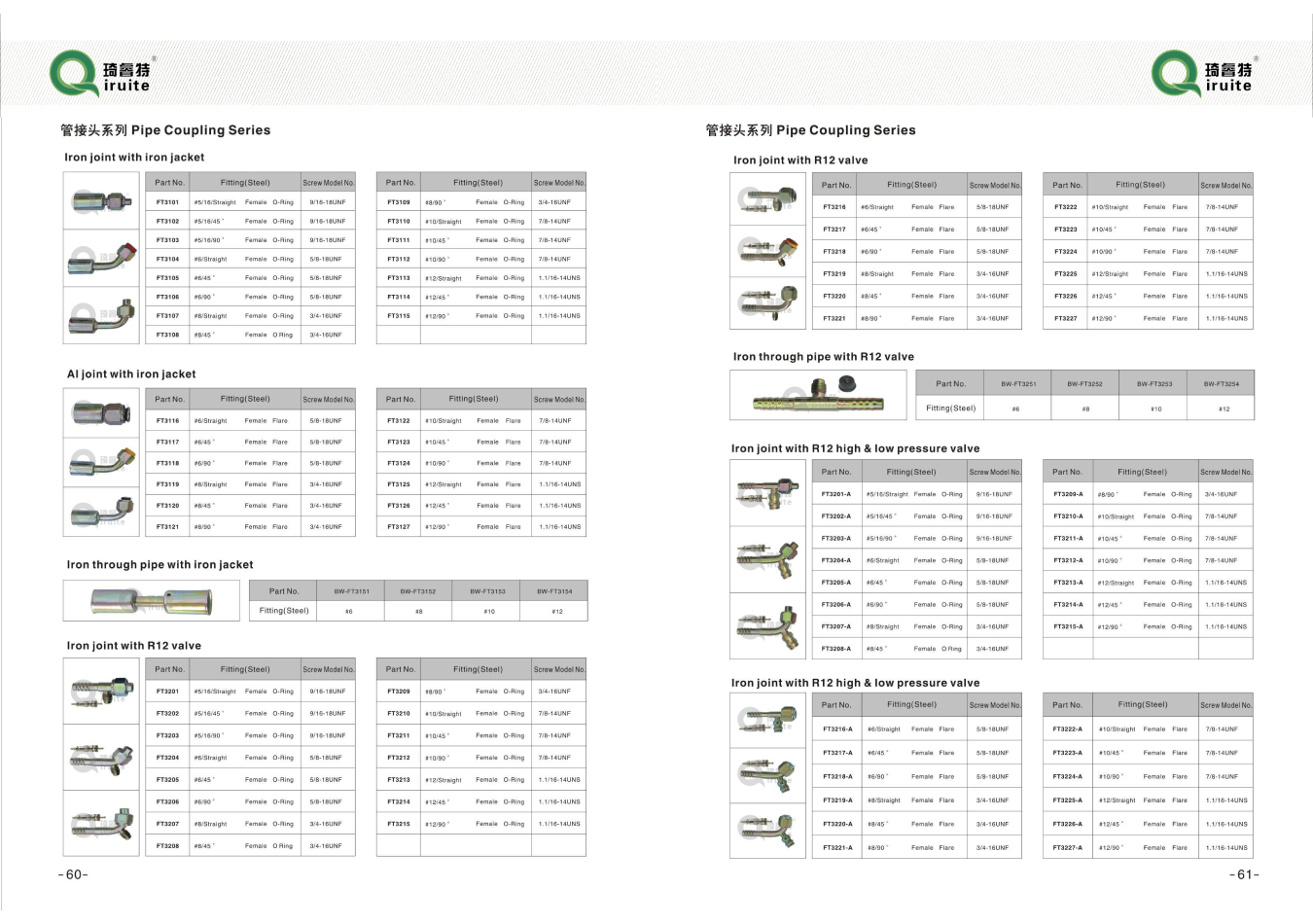how to patch a power steering hose
How to Patch a Power Steering Hose A Step-by-Step Guide
Power steering systems play a crucial role in the smooth operation and control of your vehicle. A leak in the power steering hose can lead to a loss of fluid, which in turn affects the steering performance. If you discover that your power steering hose has developed a leak, don't panic! While a complete replacement is often the best solution, a temporary patch can buy you some time until you can get the hose replaced. Here’s how to effectively patch a power steering hose.
Materials Needed
Before starting your repair, gather the following materials 1. Hose clamp (or multiple clamps, depending on the size of the leak) 2. A piece of compatible rubber tubing or self-fusing silicone tape 3. Scissors or a utility knife 4. Power steering fluid 5. Clean rags 6. Safety glasses and gloves
Identifying the Leak
Before you start any repair work, it’s crucial to identify the location of the leak. Start your vehicle and turn the steering wheel from side to side while observing the hoses and connections beneath the hood. Look for signs of fluid seeping or dripping. It's essential to locate the exact spot where the leak is occurring.
Preparing the Area
how to patch a power steering hose

Once you've identified the leak 1. Turn Off the Engine Safety should always be your priority. Switch off the engine and let the vehicle cool if it has been running. 2. Clean the Area Use clean rags to wipe away any power steering fluid from the affected area. This will help improve adhesion for your patch and allow you to see the leak more clearly. 3. Wear Safety Gear Put on your safety glasses and gloves to protect yourself from potential spills.
Applying the Patch
Now that you have prepared the area, follow these steps to apply a patch 1. Cut the Rubber Tubing If you are using a piece of rubber tubing, cut it to a length that will cover the leak completely with some overlap on either side. The tubing should be thick enough to create a seal around the damaged area. 2. Position the Tubing Slide the rubber tubing over the leak or place self-fusing silicone tape directly on the damaged section. The tubing should cover the damaged area and extend a bit beyond it. 3. Secure with Hose Clamps Use hose clamps to secure the tubing over the leak tightly. Ensure the clamps are tightened adequately to create a snug fit without damaging the hose itself. If using silicone tape, wrap the tape tightly around the leak, overlapping as you go, until you have covered the entire affected area. Refill Power Steering Fluid
After the patch is secure, check your power steering fluid levels 1. Locate the Power Steering Reservoir Find the reservoir in your engine bay. 2. Add Fluid If needed, refill it with the appropriate power steering fluid. Check your owner's manual for specifications. 3. Check for Leaks Start your vehicle again and observe the patched area. Turn the steering wheel to make sure everything is functioning correctly and monitor for any fluid loss.
Final Steps
While a patch can temporarily resolve the issue, remember that it is not a permanent fix. Regularly check the patched area to ensure the leak has stopped, and be prepared to schedule a replacement of the power steering hose. Driving with a patched hose can lead to long-term issues if not addressed properly.
In conclusion, patching a power steering hose can be a quick fix that allows you to maintain your vehicle temporarily. Always prioritize comprehensive repairs and consult a professional mechanic for a lasting solution. Safety and reliability in your vehicle’s operation should always be your top priorities.
-
Ultimate Spiral Protection for Hoses & CablesNewsJun.26,2025
-
The Ultimate Quick-Connect Solutions for Every NeedNewsJun.26,2025
-
SAE J1401 Brake Hose: Reliable Choice for Safe BrakingNewsJun.26,2025
-
Reliable J2064 A/C Hoses for Real-World Cooling NeedsNewsJun.26,2025
-
Heavy-Duty Sewer Jetting Hoses Built to LastNewsJun.26,2025
-
Fix Power Steering Tube Leaks Fast – Durable & Affordable SolutionNewsJun.26,2025

